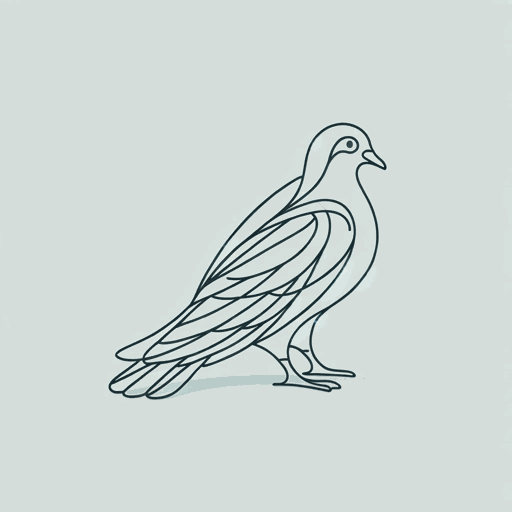37 pages • 1 hour read
Stephen KelmanPigeon English
Fiction | Novel | Adult | Published in 2011A modern alternative to SparkNotes and CliffsNotes, SuperSummary offers high-quality Study Guides with detailed chapter summaries and analysis of major themes, characters, and more.
Symbols & Motifs
Harri’s Pigeon
Harri’s pigeon is a symbol of divine energy and innocence. Harri imagines the pigeon’s wise, insightful monologue that opens and closes several of the novel’s sections. Often, these discourses touch on general social and cultural issues, and though they are often in terms of the animal world (pigeons vs. magpies) the intention is to extend and connect the message to the human realm. The pigeon at times stands in as a God-figure, functioning more like the Holy Spirit in the traditional Christian Trinity. He watches over Harri and does what he can to assist him, but, ultimately, he must resign to a higher power to let Harri live out his path.
Burns
Burning or marking of skin is a sign of two-fold aggression. In the case of Auntie Sonia, it is an act of self-defense when she burns her fingertips to mask her prints, but she is doing such a harm to herself because of the larger issue of being bullied or abused by those around her. For Lydia, the burn mark from the hair straightener is Miquita’s way of reminding her to know her place and stay silent.

